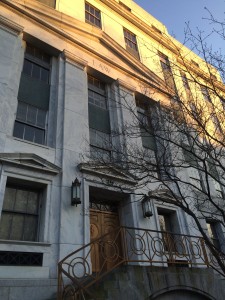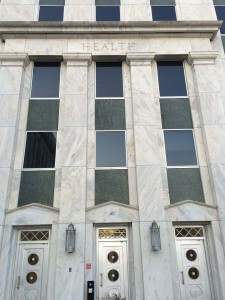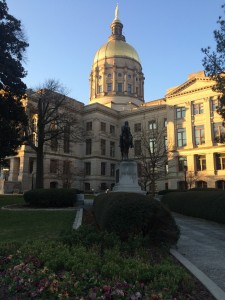Mark Lamar
Eng. 1102 M hybrid
Dr. Wharton
January 25, 2016
Reading Summary 1
“Architectural Exclusion: Discrimination and Segregation Through Physical Design of the Built Environment” is an article by Sarah Schindler about how the landscape of the areas we live in are built the way they are for specific reasons that most people don’t even consider. Schindler reveals that many features of our environment are built to segregate people of different walks of life from each other in efforts to discriminate against minorities and the lower class.
For instance, Schindler mentions Robert Morris, a former builder in New York, who purposely designed low hanging bridges to prevent buses that African Americans rode on from passing through. According to Schindler, practices such as those were used as ways to prevent undesirable people from accessing places where they were unwanted. More blatant measures were taken in Atlanta where the people of the northern suburbs voted not to have the MARTA transit extend to their neighborhoods, restricting inner city passengers from taking advantages of job opportunities north of Atlanta.
Not only does Schindler explore the actual act of using architecture to segregate people but she tackles the psychological element of the practice as well. Anyone who is being discriminated against through environmental situations is usually not aware of the injustice due to the subtle nature of the practice. Whenever someone encounters a large wall or barrier it is unusual for one to consider why the wall is there, much less to suspect discrimination against his/ her race or social class. Due to that reality, discrimination in the form of architecture has been one of the most prolific forms of discrimination.
Also, another factor involved in the prominence of environmental segregation is the language of the law. It is unlawful to discriminate in any way against any group of people for any reason, however, it is difficult to prove in court that a particular feature of the environment was specifically constructed to hinder the social and/or physical progress of a group of people. There are several reasons why proving such a claim is notably difficult. First of all, most citizens have difficulty identifying who exactly is behind the architecture they feel is discriminatory. Without being able to decide who to take action against, it is not easy to hold anyone accountable. Secondly, due to the low number of individuals who present a case of such in court, there are some courts that do not see a need for judges to rule on the context of the built environment. And finally, it is not likely not the court will rule in favor of the plaintiff even if sufficient evidence is provided. In a case of a road closure in the Supreme Court case “City of Memphis v. Greene,” African Americans felt like a road was closed intentionally for the purpose of keeping them out of the predominantly white area of town. After being presented with evidence, the Court found that “the extent of the inconvenience was not great.” (Greene 1981) Rulings such as those show that cases of such are solely dependent on the interpretation of how severe the inconvenience is to the Supreme Court justices.
Bibliography
Schindler, Sarah. “Architectural Exclusion: Discrimination and Segregation Through Physical Design of the Built Environment.” Yale Law Journal 124.6 (2015): n. pag. Yale Law Journal –. Apr. 2015. Web. 24 Jan. 2016.






